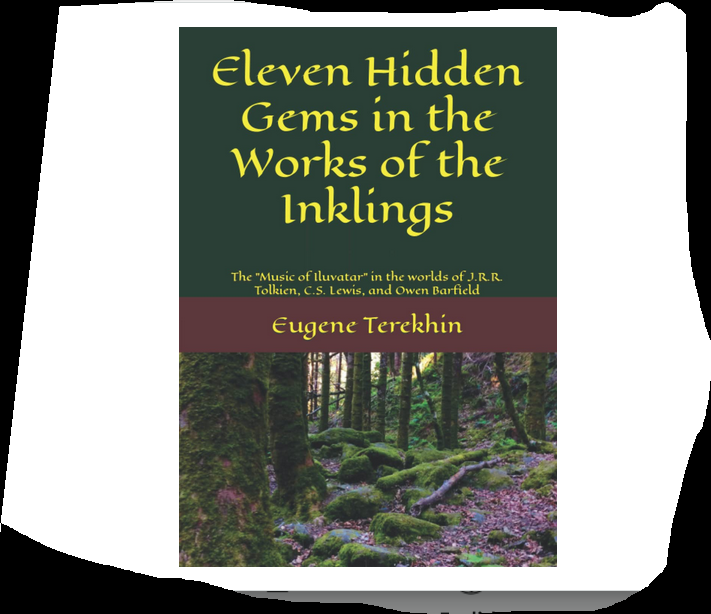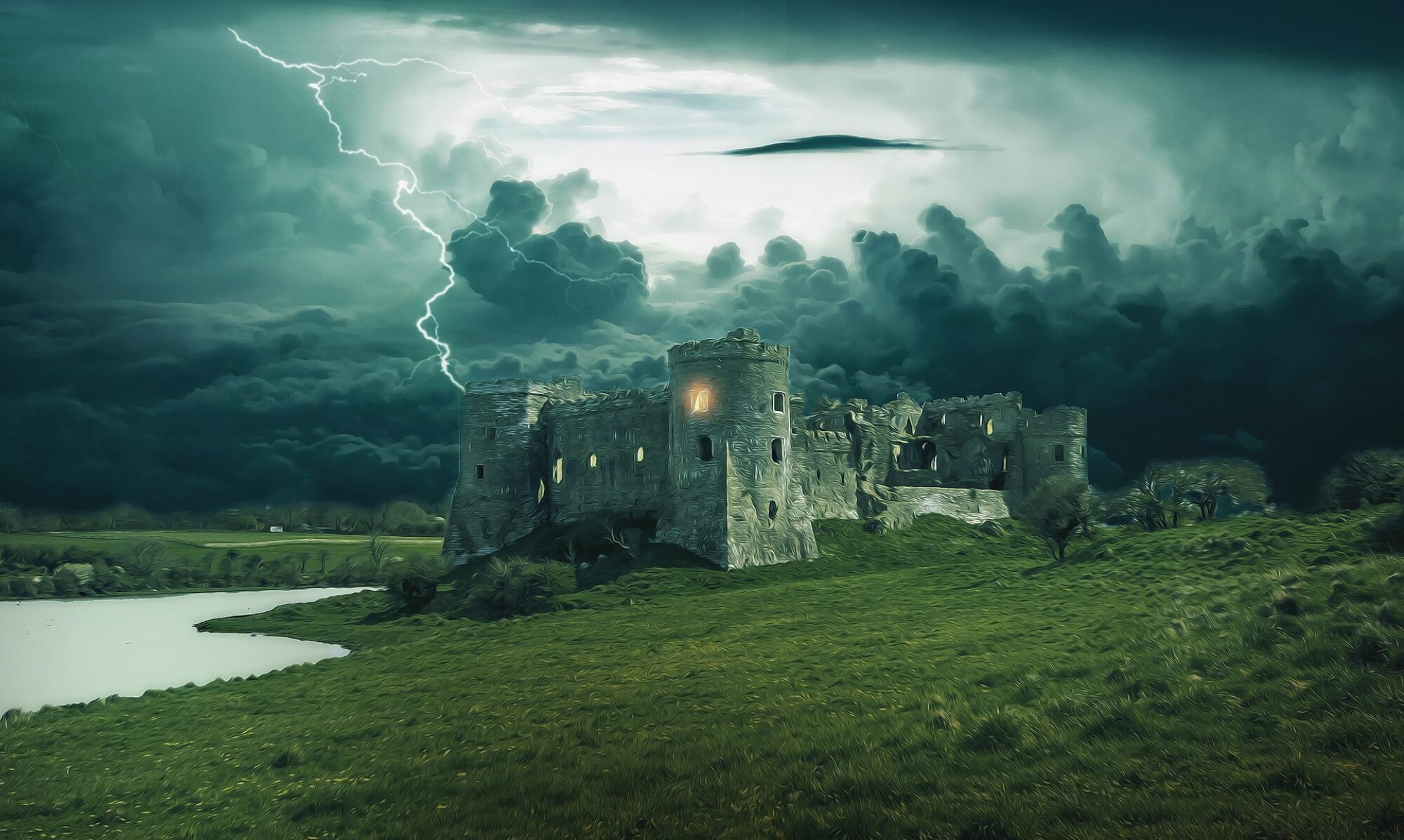As I got off the phone with an old friend this morning, I couldn’t shake the feeling of being under some spell.
He had shared a video with me from 12 years ago when we were much younger, my daughter was 10, and my son was 6.
We had a picnic around a fire, cooking hotdogs, chatting, and enjoying a warm summer evening in Siberia.
As I watched my daughter’s cute chubby face chewing on the hotdog and my son’s frantic hopping and jumping over the fire, I teared up.
“This is Paradise,” I thought. “Why didn’t I see it then?”
“Paradise,” echoed my friend on the other side of the conversation.
“Hmm…,” I thought to myself after I hung up. “Why is it that we tend to see an experience as ordinary when we are in the middle of it? And when there’s some distance between us – whether it’s time or geography – it transforms into something else.
Why didn’t I see all that before? It was an ordinary evening. Yes, I enjoyed it very much, but now I almost see it as a doorway into some inexplicable magic. A picture of another world.
Is my memory playing a trick on me, so am I imagining something that wasn’t there?
Or maybe it’s the other way around – my memory shows me something that was there, but I was too close to it to see it for what it is.
“You can’t recognize a person’s face when you are too close to it,” said the Russian poet Sergey Esenin.
But how do I know that my memory is not deceiving me?
Owen Barfield said in his poem The Tower:
But many times, the secret-breathing world
Whispers to thee, yet whispers with a voice
Which memory shall warehouse as a shout.
This world is breathing secrets, but we often don’t hear its whispers until something amplifies them for us into a shout.
Our memory is that shout that amplifies the whispers that we didn’t hear.
But what are those secrets that we tend to overlook because we are too close to reality to recognize its face?
What does the painting signify in J.R.R. Tolkien’s Leaf by Niggle?
In J.R.R. Tolkien’s Leaf by Niggle, there’s a mysterious passage about the effect of the “distant forest.”
As Niggle walked inside his own picture,
he discovered an odd thing: the Forest, of course, was a distant Forest, yet he could approach it, even enter it, without its losing that particular charm. He had never before been able to walk into the distance without turning it into mere surroundings…
When we look at a forest from a distance, it seems mysterious. But when we enter it, it’s just trees. Our disenchanted gaze turns it into mere surroundings.
Inside his own picture, Niggle was able to enter the “distant Forest” without it losing its charm. He didn’t miss the forest for the trees. In other words, he saw the Forest AS IT TRULY WAS.
When we look at people face to face, we rarely see them for who they are. We miss their charm. But when there’s distance between us – chronological or geographical – it reveals what we couldn’t see.
Memory amplifies whispers into shouts.
Now that I look at those people through the lens of memory, I feel their charm.
C.S. Lewis put it like this in The Weight of Glory:
There are no ordinary people. You have never talked to a mere mortal. Nations, cultures, arts, civilizations – these are mortal, and their life is to ours as the life of a gnat. But it is immortals whom we joke with, work with, marry, snub and exploit – immortal horrors or everlasting splendors.
The people we see every day face to face are never what they seem:
It is a serious thing to live in a society of possible gods and goddesses, to remember that the dullest and most uninteresting person you talk to may one day be a creature which, if you saw it now, you would be strongly tempted to worship, or else a horror and a corruption such as you now meet, if at all, only in a nightmare.
But how do I know that my memory is not deceiving me?
How do I know that what I see in this 12-year-old video is true? What if I am just imagining all that?
Here’s what Niggle found inside his picture when we looked at the Tree he had painted:
He went on looking at the Tree. All the leaves he had ever laboured at were there, as he had imagined them rather than as he had made them; and there were others that had only budded in his mind, and many that might have budded, if only he had had time.
We all have our own picture of reality. We have drawn it as best we can. But every once in a while we get a glimpse of something “other” – we imagine more about it than meets the eye.
We see more than we have drawn. We see the budding of the buds that we only imagined could bud.
Tolkien here suggests the same thing that Barfield said in “The Tower.”
Our memories simply amplify the secrets that were already there but were missed.
Our memory (or imagination) creates that necessary distance between us and “that thing,” so we can see it for what it is.
C.S. Lewis said in The Weight of Glory,
What more, you may ask, do we want? Ah, but we want so much more—something the books on aesthetics take little notice of. But the poets and the mythologies know all about it… We want something else which can hardly be put into words—to be united with the beauty we see, to pass into it, to receive it into ourselves, to bathe in it, to become part of it.
We want to enter that picture that we only imagine. We want to penetrate those glimpses and enter that which has been amplified by the distance of our imagination.
Check out my book Eleven Hidden Gems in the Works of the Inklings: The Music of Iluvatar in the Worlds of J.R.R. Tolkien, C.S. Lewis, and Owen Barfield


